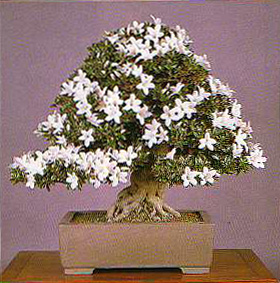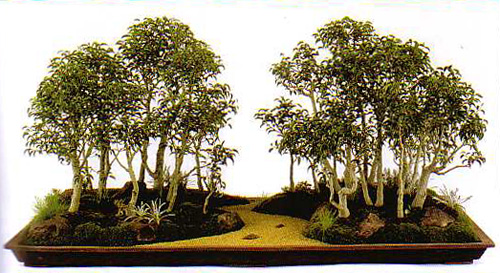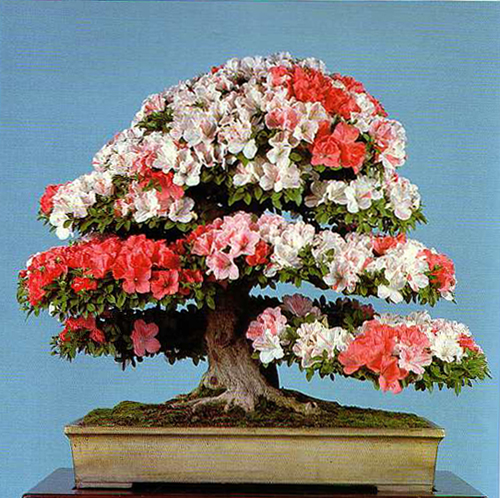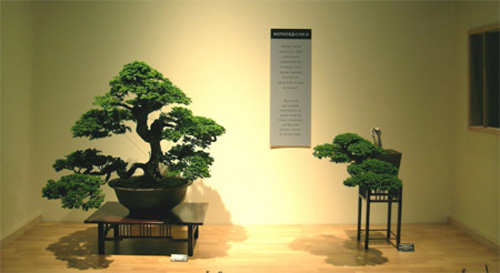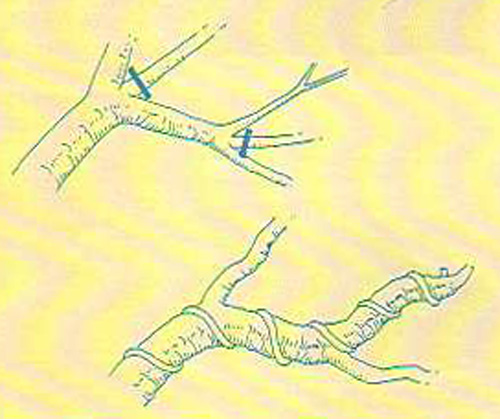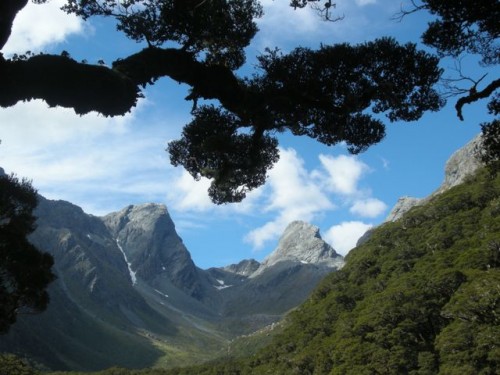
This photo was sent to us by a friend down under (I’ve lost his name, so if you happen to be him, or know him, please let me know just found him: it’s Richard Warner of New Zealand and the tree is a Southern birch) is an example of a bonsai related photo (this one might be a bit of a stretch, but close enough).
Bonsai (or at least tree) related photo contest
When this mystery photo came, it triggered the idea of a bonsai art photography contest. What we’re looking for are photos that include bonsai (or trees suggestive of bonsai) that are artistically presented. In other words, it’s the artistic quality of the photo that matters most. The quality of the bonsai or tree matters too, but just straight shots of beautiful bonsai won’t hack it.
The prizes
First prize is a $60 gift certificate to Stone Lantern. Second prize $30 gift certificate. Third prize $10 gift certificate.
Only one per person
One entry per person please and the photo you enter must be yours.
Other rules
See under rules in our $100 bonsai art contest.
Send your entries to wayne@stonelantern.com
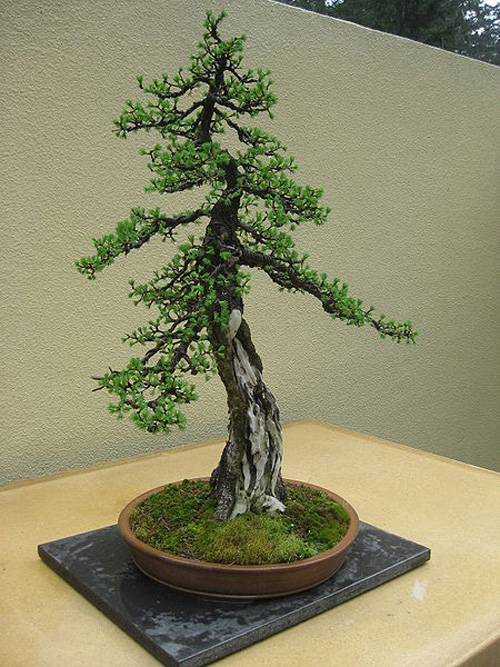
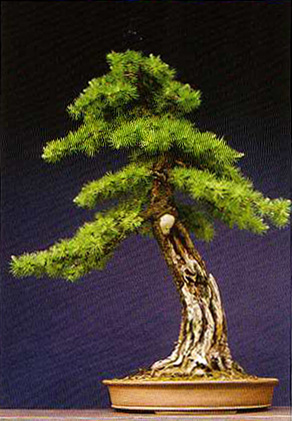
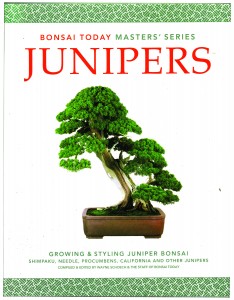

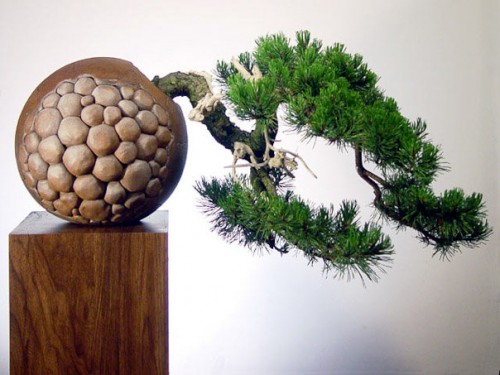


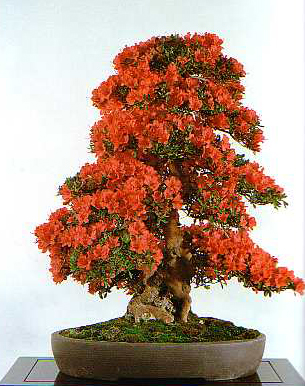
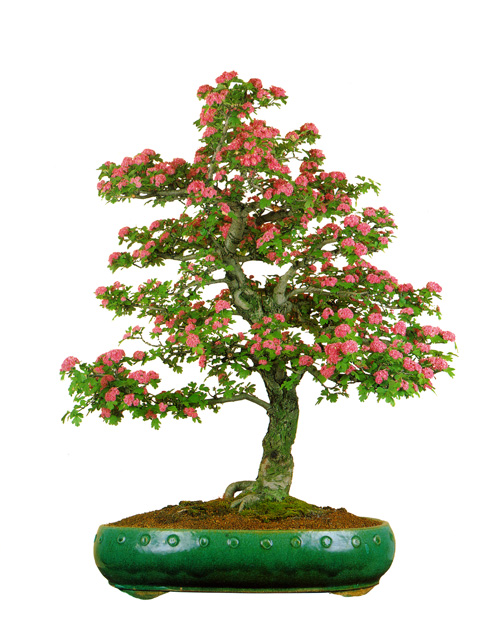 An informal upright English hawthorn (Crataegus oxyacantha) from the cover of
An informal upright English hawthorn (Crataegus oxyacantha) from the cover of 